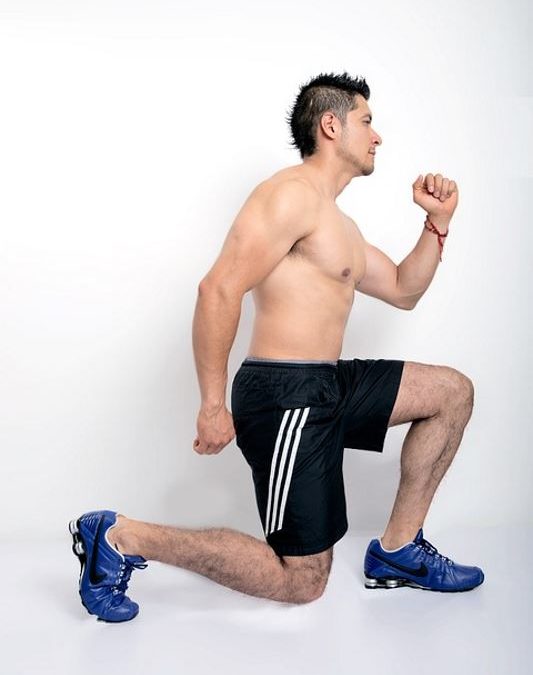Bike techniques to race fast and remain injury-free.
Cycling is considered a low impact activity but some cyclists do experience pain the the back, knees, feet, saddle region, neck, wrists and hands.
The Physiotherapy Association of British Columbia (PABC) recently outlined some simple steps, call the Physio-4, that cyclists can use to reduce their chances for injury, prevent pain, and cycle more effectively.
The Physio-4 for Cycling:
Select a bike that fits. An ill-fitting bike causes pain. A bike that fits – frame size, pedal alignment, handlebar position and saddle height – promotes good posture. Your physiotherapist can provide tips on correct bike fit and can correct poor mechanics before pain and injury develop.
Choose cycling if you have osteoarthritis in your hips, knees or feet. The non-impact, rhythmic motion helps reduce joint pain and stiffness and keeps your muscles strong. Your physiotherapist can prescribe a cycling program and help you choose the right bike.
The aerobic benefits of cycling help to manage high blood pressure and reduce the risk of heart disease. Cycling builds stamina. Your physiotherapist can help determine the right level of aerobic exercise and develop a program to meet your goals.
Stretch and strengthen off your bike to improve on-bike performance. Your physiotherapist can create a program to treat muscles that are prone to tightness as well as help you strengthen areas such as your core to dramatically improve your cycling efficiency.
It’s also important to remember to always wearing a helmet and fluorescent clothing by day and reflective clothing at night. After dark and in the rain, cyclists should ensure they have lights that work – white for the front and red for the back. Cyclists should also be vigilant about what’s on the road and be on the lookout for car doors being opened by motorists.


